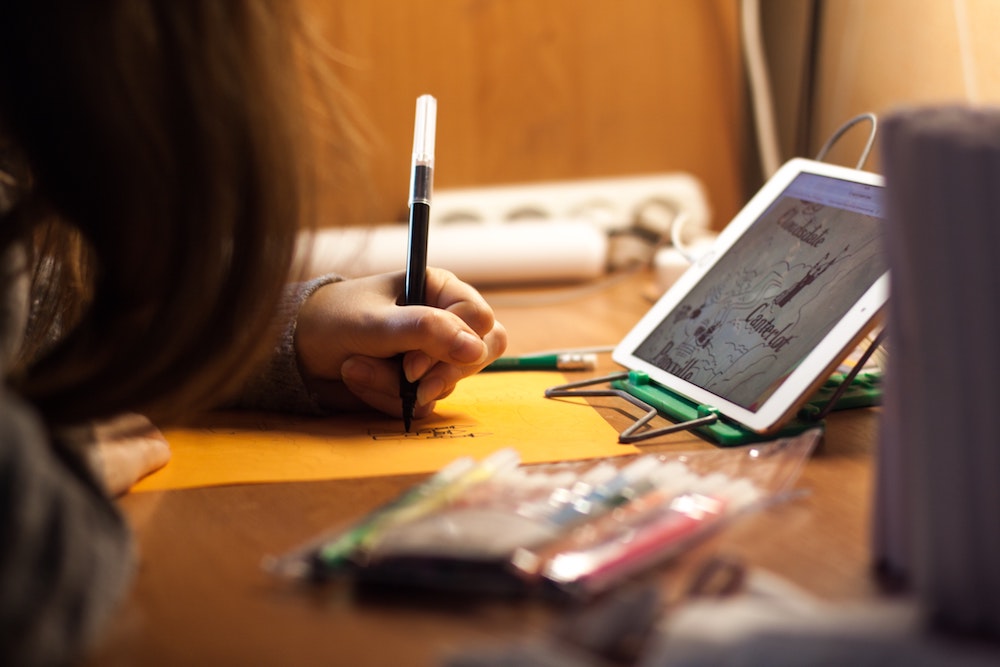The world that young people live in is very different from when we were kids, with technology and digital tools used for everything from checking facts to connecting with people around the world. Though many schools prohibit the use of smartphones, there are some interesting ways of integrating tech into your lesson plans.
Virtual field trips
When the budget won’t stretch to a field trip, modern digital platforms offer a virtual alternative. Google Street View is an excellent opportunity to wander around a capital city without having to leave the classroom, plus there are virtual tours and panoramic views for multiple cultural attractions, such as the Sistine Chapel, the Eiffel Tower and the Empire State Building.
Videos bring lessons to life
There are countless online videos that can be used to strengthen a lesson, from popular educator Eddie Woo’s maths lessons, to the delightful Art for Kids Hub, which shares daily exercises by a highly creative family.
Try video conferencing
If you contact a subject specialist, such as a children’s writer, illustrator or entertainer, but they can’t manage to visit in person, there’s a chance they could speak to your class via Skype or Google Hangouts. This way they can squeeze a session into their busy schedule much more easily and answer all of your students’ questions in real time.
Listen to podcasts
By mixing relevant podcasts with traditional teaching, you not only make the content more engaging but also blend auditory learning into the occasional lesson. There are so many podcasts out there, including those by children’s authors, experts in a range of topics, and interesting people who have tons of insight to share with your class. By listening to the podcast beforehand and making note of useful snippets, you can then pause and fast forward so that the children hear the most valuable bits.
Make all presentations visual and colourful
A far cry from overhead projectors, modern presentation tools allow animations, videos, sound effects and all kinds of other audio-visual elements to be added. This will greatly help to keep the students’ attention and can be great fun, which adds to the content being memorised.
Is your class on Twitter?
Many schools have individual year groups and classes that have their own Twitter accounts. This needs to be run by the teacher and permission does of course need to be gained from parents first, but once up and running it can be a fantastic way of finding information, joining Q&As and sharing successes. Mundella School in Sheffield is an excellent example, as every single class has its own account.
Set up a student blog
Websites such as Blogger.com provide multi-user blogs free of charge. Through a student blog, the children can talk about what they’ve learnt, their goals for the year, their personal achievements and much more. As always, the teacher needs to be in charge of adding content and must take into account any privacy/confidentiality factors, such as only referring to children by a first name or initial. You can have a lot of fun with this and if you’re looking for inspiration we recommend checking out the blog of Harrison Primary School in Hampshire.
If you’re interested in marketing and design services for the education sector, get in touch at hello@bigpinkfish.com or call us on 0161 507 3365.




